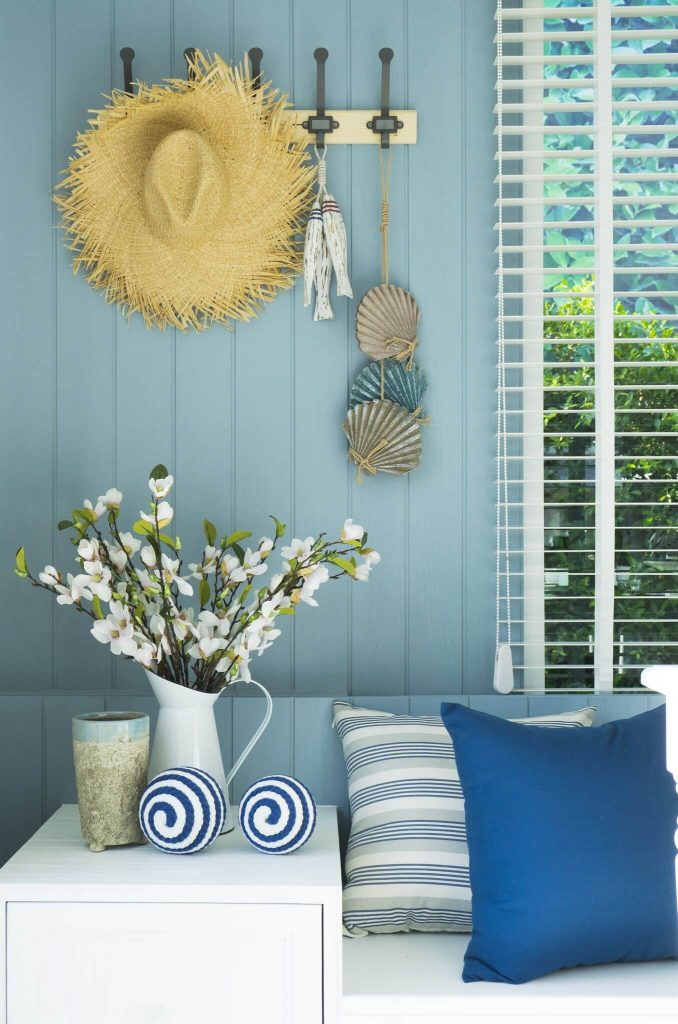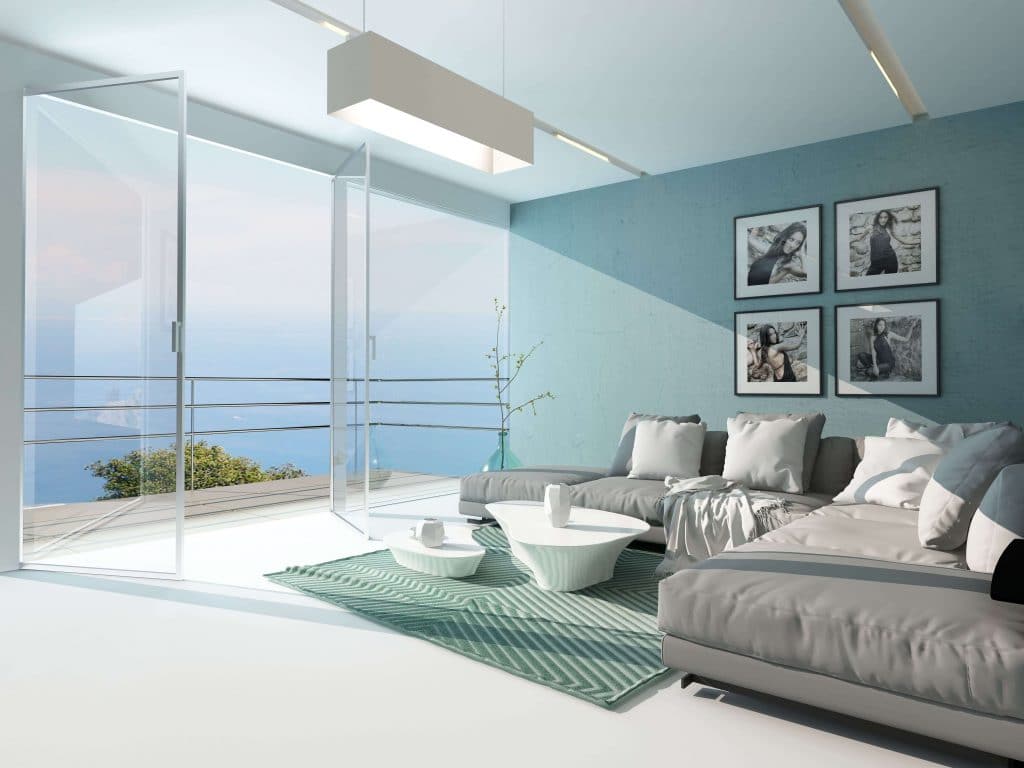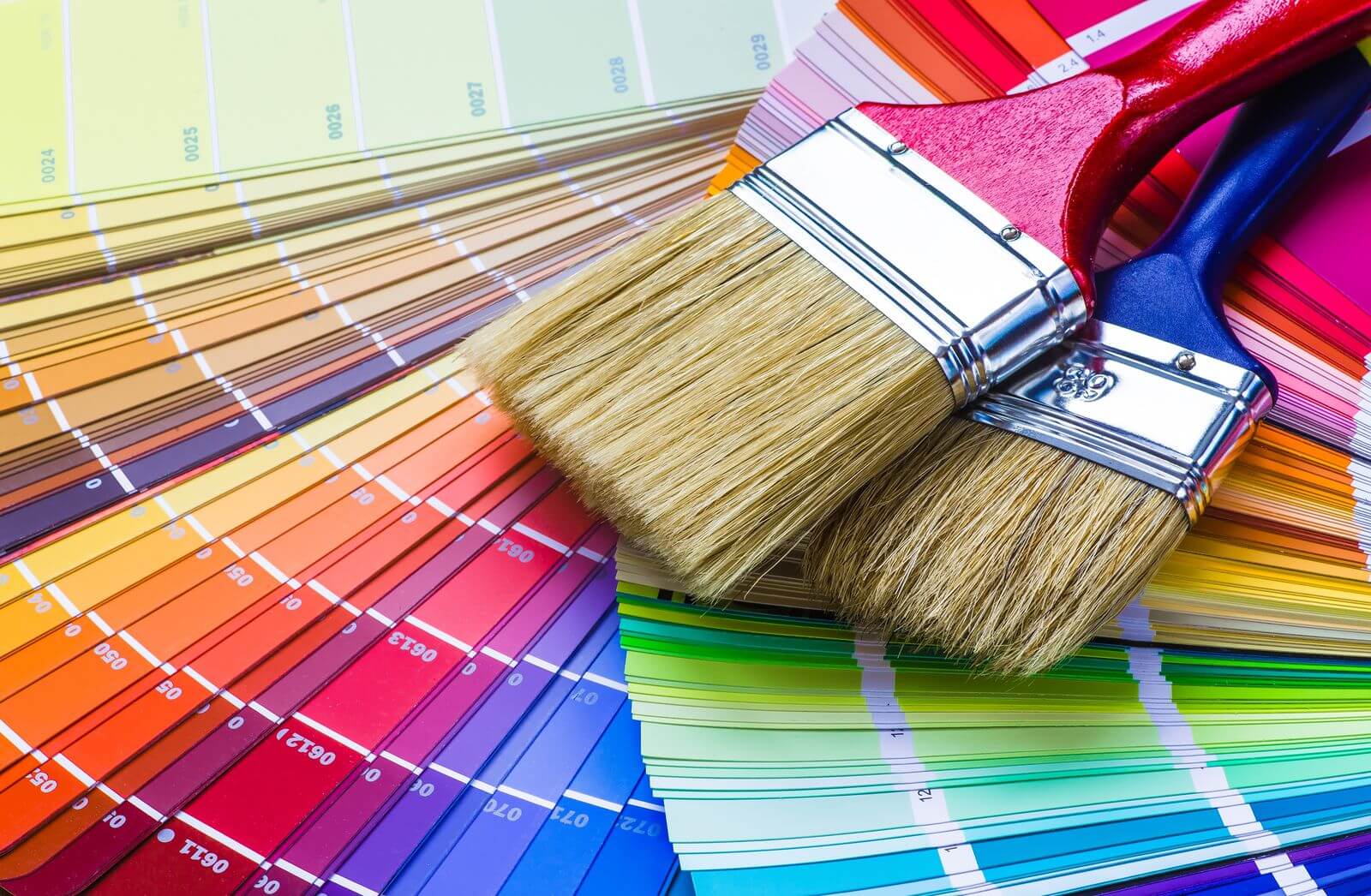Selecting a color for a space can seem overwhelming at times. There are a variety of shades and hues in every color, and it can make it difficult to decide which one to choose. The color you decide on not only reflects your taste and personality, but according to color psychology it can also influence your energy, emotions, and behaviors. Recent studies show we spend nearly 90% of our lives indoors, so the colors you ultimately choose for your home are incredibly important. Consider what mood you’d like to promote in each room and follow these tips to help you choose the best colors for your home.
Bedroom
We spend a lot of our lives sleeping so the color you choose for this space is crucial. Your bedroom should be a place you can comfortably retire to for proper rest and relaxation. For this room, it’s best to choose a color that promotes serenity and peace. Cooler colors are the most calming and work best in rooms that you want to feel relaxed in.
Good Choices:
- Blue is known to slow the heart rate and is considered the most soothing color on the spectrum.
- Green is a restful color associated with nature that has a calming effect. This color can help relieve stress and its also said to promote fertility.
- Muted or pastel colors like lavender or a blush pink encourage relaxation so they can also work well in bedrooms.

Avoid:
- Red is associated with passion, but it can be too stimulating for a bedroom. It is known to raise the heart rate and blood pressure, so it’s probably best to skip this color in the boudoir.
- Yellow is known to make babies cry so it’s not recommended for a nursery.
- Orange is another stimulating color, so it’s best to save it for an exercise room, office, or playroom.
Kitchen
We tend to spend a lot of time in our kitchen preparing daily meals, gathering with family and guests, so you want to choose a color that nurtures comfort and happiness.
Good Ghoices:
- Yellow is actually the first color we see on the color spectrum, and it is associated with happiness. It’s also known to stimulate mental activity, so it can be a great color to see first thing in the morning when you’re making a cup of coffee and trying to wake up.
Avoid:
- Darker hues like black and brown may be too dramatic for a kitchen. These darker colors bring on an intense energy in a space that should be happy and light. Black is also the western symbol of grief, so if you do choose to use it in a room, it’s best as an accent.
Dining Room
Your dining room is where you get together with friends and family enjoying company while breaking bread. When deciding on a color scheme for this space, there are colors that stimulate conversation as well as appetite, so it could be beneficial to go with one of these.
Good Choices:
- Red is known to inspire conversation so it can work really well in a dining room.
- Yellow is a very cheery color, and it is also known to pique hunger.
Avoid:
- Blue is too calming and can make people feel sleepy. It’s also known to minimize appetite so it’s probably best to skip it in the dining room.
Bathroom
Your bathroom is a space in your home where you can truly relax and be alone. For a spa-like experience choose a color that will promote a relaxing mood and relieve stress.
Good Chocies:
- Blue- Any shade of this color will work well in the bathroom because of it’s calming effect.
- Green is another restful color that would be great for any bathroom.
- Shades of pink or purple can also promote a relaxing mood.
Avoid:
- Bright colors like orange or red may be too stimulating for a bathroom.

Living Room
The living room is where you lounge, entertain, and enjoy conversation. When choosing a color for this room, it really depends on the mood you want to reflect. Do you prefer a more calming energy or something more lively?
Good Choices:
- Red keep things exciting and stirs up conversation. If you’re into entertaining, this color is a great option.
- Green may be the color of choice if you like your living area to be a place of relaxation.
Avoid:
- Orange may be too energetic for a living area. However, pastel shades could definitely work.
Neutral Colors
If you still feel undecided on a color scheme for your space, neutral colors are always a safe bet. They work well in any room, and you can always use bolder colors as accents to change the energy of the room whenever you’d like. Neutral colors can vary from warm to cool tones depending on the mood you want to create.







